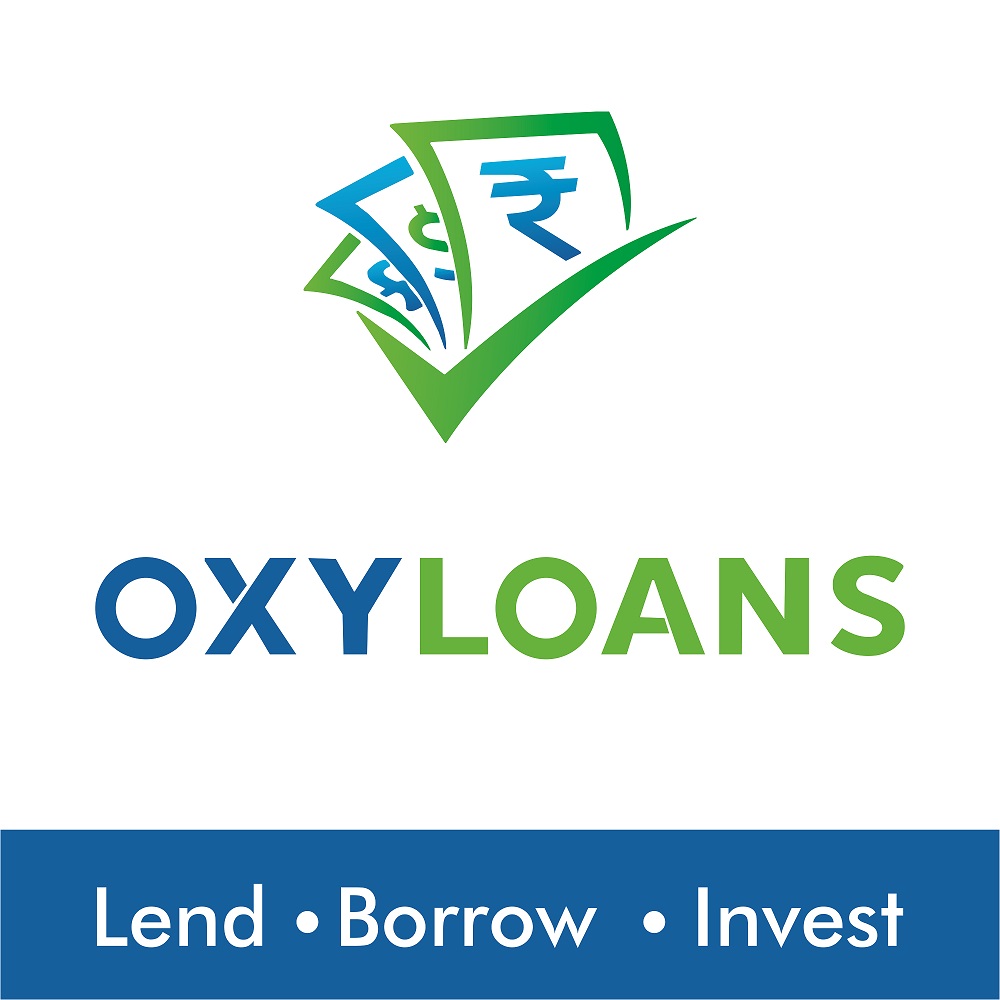The Indian lending market witnessed a very healthy growth of almost 100 percent, as per a report by the credit bureau CRIF High Mark. As per a report titled ‘How India Lends-FY 2021’, the total size of the Indian lending market during the last fiscal, ending March 2021, is Rs 156.9 lakh crore—a 100% growth from FY 2017 to FY 2021. At Untapped Markets, we believe that P2P lending will expand as an emerging investment pathway for lenders (investors) seeking greater returns, by permitting them to select the borrowers who best meet their risk and reward attributes. It may also outperform other investing choices presently accessible in the market.
In conversation with Mr. Venkata Radhakrishna Thatavarti, Founder- OxyLoans.com, we attempted to seek his opinion and understand his side of the story to the P2P lending market in India. Here are some excerpts of the interview:

Q1. What inspired you to start OxyLoans and can you describe your journey towards acquiring 22,000+ borrowers?
Two things, first I wanted to do something really big and really meaningful. I have seen people selling services such as airplane tickets, movie tickets, then I thought one thing that could be interesting to sell online, and that would be money. Then to put my idea into action, I had to aggregate money, that’s when I learnt about P2P lending. When you sell money in the form of lending or investing, borrower buys money and then he or she repays it with a profit. We started our operations based on blockchain technology without any borders and open to the world. However, when RBI mandated the licences for P2P lending and made only the PAN card holders as part of the eligible borrowers, we pivoted our operations a bit.
Secondly, as quoted by Uday Kotak “If Indians understand P2P lending, banks will have to rethink about their FD and loan interests”. It’s only a matter of time. If people know how to lend money and it is RBI approved, they will be willing to take the risk. Lending is something we are habituated traditionally, every home does lend to other, so every home is a bank and this is what inspired me to start Oxy Loans.
Our user base has grown in last three months, we have 3,00,000 + users out which 60,000 + are investors and rest are borrowers. We did a study PR and we only use LinkedIn and Facebook to communicate the message and a couple of press releases. We know this is a very long-term business and we have to stay long and cash burning will not help. Lending and borrowing are not the kind of business where we can give a 1+1 offer or any cashback on bill payments as it is purely money. So, we decided to stay calm and build our trust among consumers first, as a result we have seen 3x- 4x user base growth and that’s how we have acquired new users consistently.
Q2. What were the initial challenges you faced in setting up OxyLoans?
In India, any concept needs 8 to 10 years of waiting period or some big player has to come into the market to educate customers. Although, P2P is traditionally known to everyone but one of the biggest fears is what would happen if government catches hold of the money or if the individual becomes a scapegoat of the economic change.
Q3. Please tell us about your current presence and expansion plan.
Currently, we are in Hyderabad and Bangalore. We have a Pan-India recovery team and all our lending and borrowing operations are in online mode. The current business we are doing will definitely grow massively and then we will expand to Pan-India in next 24 months with a strong recovery arm. Recovery arm is very important and we have a perfect setup for the same.
Q4. What do you think are the current challenges regarding P2P lending and investing in India?
The fear of putting money in P2P lending among the minds of investors (lenders) is a major concern currently in the market. Only salaried class are coming ahead to invest in this market owing to their income stability and better awareness. However, this pattern is expected to change, as more and more people get to know about digital money, we can expect higher participation from different classes of investors/lenders and borrowers in the market.
Q5. What are some of the recent trends in the P2P industry to keep an eye out for?
The entry of ICICI, Cred and BharatPe has opened doors for everybody. So, in near future, we can expect companies like Pine labs, Google Pay, Flipkart whosever who have user base whether big or small will come into P2P market by tying up with licensed operators to start offering P2P lending as a service.
One big change which can happen in the market is, if the government announces tax benefits on P2P lending, which may result in lot of new trends which are tough to imagine, but every financial product will then be reengineered basis the P2P lending framework, where any individual with a PAN card will be able to lend or borrow money in the market.
Q6. What is the specific impact of Covid on the fintech industry? What are the key trends that you have observed in consumer behaviour towards digitization post Covid?
I have seen positive results on fintech due to Covid-19. A lot of banks now have moved towards digital offerings and fintech companies saw this as an opportunity to connect individuals and banks together. With borrowers seeking sources of loan online, investors/lenders also jumped into the same bandwagon and moved online, which resulted in faster growth of P2P lending platforms in India.
Q7. How does OxyLoans handle defaults? How much is the default percentage?
We have a proper recovery team. We love our borrowers and educate them about the credit scores and defaults. We use normal channels of connecting with borrowers such as calling, connecting on WhatsApp and sending people to home with a soft note. We do have inhouse and outsourced team to take care of recovery Pan-India.
As of today, the default percentage is less than 4% which is commendable as it is way below the industry average of 10% + and luckily, we have done limited lending due to which our NPA is also less.
Q8. What marketing measures do you plan to implement to attract lenders and borrowers?
To attract lenders and borrowers, we use digital platforms such as Instagram, Facebook, Twitter etc. Apart from these standard options, we use paper advertisement and bit of peer activities. But what we are seeing now that instead of acquiring new users, P2P lending companies are partnering with companies who already have an established user base. In August 2019, Cred formed a partnership with one of the P2P operators in the industry to offer their services. So being an RBI licensed vehicle, P2P companies can now partner with organizations with a user base to reduce their marketing cost.
Q9. How is OxyLoans different from its competitors? Can you name a few major companies in this sector?
So, what I have understood in the competition landscape is that recovering efforts are minimal. No matter how many algorithms we write, the lending and borrowing industry has a very strong need of a robust recovery arm. We have put a strong recovery team and on time recovery is one of our core strengths.
Secondly, we use AI to understand the borrower’s behaviour and predictivity. But still its secondary to our recovery arm which is necessary to survive in P2P lending market.
Faircent, LenDen Club, LiquiLoans, CashKumar are some of the other major players in the market. We trust that we are in the top 5 and we are doing a good business, we have large growth opportunities, we are tying up with banking securities and large organizations to increase the supply and demand of money.
Q10. Cred recently entered the P2P industry, what would be the effect of the same on the industry?
Cred’s entry into P2P lending is the biggest and largest advantage to the industry as they will spend a lot to educate customers. They have opened the game but they might not win it to my knowledge as their offering is only 9%. There are other players such as BharatPe which offers 12% returns. But these rates are still not attractive to investors. However, all this competition and players visibility might help educate the customers more about the market offerings and may push them to join the bandwagon.
Q11. How P2P lending platforms could transform the consumer lending industry in the future? Where do you see this industry in the next 5 years?
P2P lending Industry will enable the complete lending market to transform. People will massively participate in the industry, they will start taking more risk, industry will support it and financial planners will start talking about P2P lending. So, we will see upside growth in the industry in future.
For the next 5 years, there will be rise of 10 unicorns. In 2022, you will see 3 unicorns, 2023 another 3 and 2024 another 4. This is something to watch out as P2P lending is the largest vehicle which can help to raise the demand and fulfill the supply. I believe this is going to be massive.





